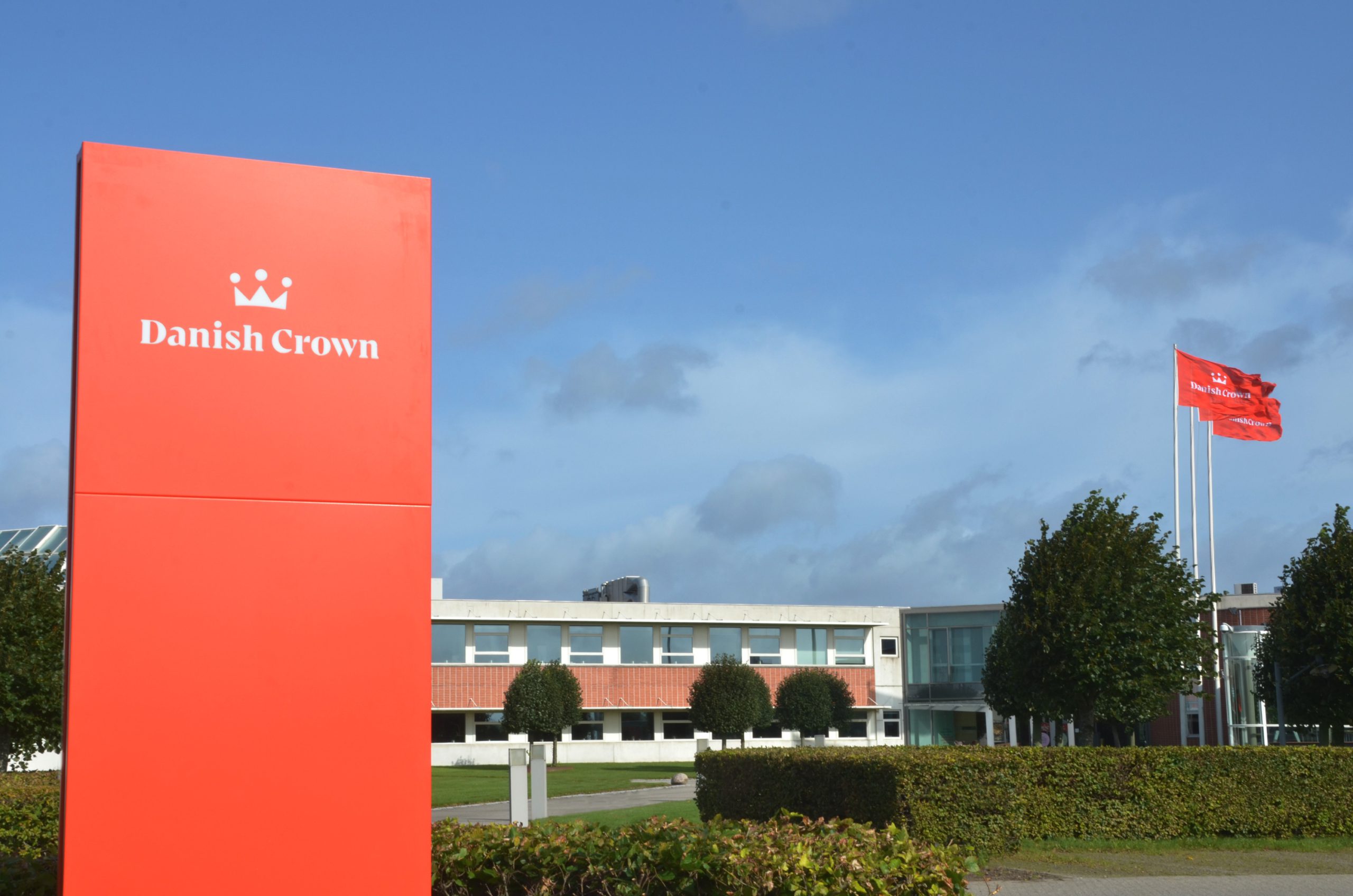Danish Crown is a cooperative owned by approximately 6,000 Danish farmers who supply the company with pigs and cattle. Danish Crown has production facilities in Europe, Asia and Americas, and has market access to more than 130 countries around the world. It employs 26,600 people. Procurement has always been a vitally important business process for Danish Crown and more than ever in a period of economic constraints. But it had a relatively low profile. Why change it, and why change now? The reasons fall under three broad headings as explained by Joanna Hryneńko-Dudek, Head of the Procurement Centre of Excellence (CoE) at Danish Crown. First, the business environment in which Danish Crown operates is changing, with greater emphasis on compliance, governance and control, especially in the food industry. “These are the biggest drivers of transformation in procurement at Danish Crown,” Joanna underlines. Second, the world is changing. Digitalization is a given, for example. There are also new distribution channels. And associated with these changes, there is an expectation that food supply industries become more transparent, with traceability from farm to fork. Third, in a competitive market situation, there was a business imperative to become more efficient through standardization and simplification of business processes, and automation. “In terms of procurement, we set out a number of objectives within this broader framework. The ultimate aim was to create a user-friendly buying environment to ensure adoption, while also maximizing automation to free up time for value-adding activities. Added to this, we sought greater visibility into spend so that we could identify opportunities to make savings,” Joanna says.
The project
The transformation project was carefully planned out over six phases, commencing in 2019 and running through to mid-2023. In 2018, Danish Crown chose JAGGAER as its procurement technology partner. Joanna explains why: “JAGGAER is an end-to-end solution covering all of the key functions from source to pay, which makes things a whole lot easier. So, our approach could be summarized as ‘JAGGAER for everything and everyone!’” Danish Crown identified some key focus areas: supplier management, including more efficient vetting and onboarding of new suppliers; spend management, to drive increased volumes of on-contract spend; guided buying, with managed supplier catalogs and configurable purchase request forms to give buyers a better shopping experience; and compliance. Here, compliance does not simply mean ticking all the boxes. “By improving the shopping experience through eProcurement we can ensure greater compliance without increasing the administrative burden. JAGGAER provides unique tools to manage on-contract spend,” Joanna explains.
The implementation
Joanna says that it was not easy at the start: “We got some pushback from users who were not convinced by the new approach. So we put things on pause for a while and concentrated our efforts on explaining to people what we were seeking to achieve and getting them to open up about their own vision for procurement. Based on their responses, we went back to JAGGAER and adjusted the plan. It was no longer everything at once. In fact, however, this intensified our collaboration with JAGGAER.” In December 2019 Danish Crown went live with the first phase of the transformation: source to contract (S2C). “Here, the people are strategically oriented and are therefore ready to embrace change,” according to Joanna. Transformation of S2C covered four functional areas: project management, initiating a more collaborative approach to procurement activities with set milestones; sourcing, with the aim to reduce sourcing cycle time, simplify the process and increase repeatability of sourcing processes; contract lifecycle management; and supplier value management (SVM). All of this was implemented in JAGGAER, including a 360o dashboard giving visibility into existing, past, potential and future supplier performance. The categories in scope for the transformation of S2C activities by Group Procurement included MRO and spare parts, logistics, packaging and food, plus indirect spend categories including facility services, factory services, factory hygiene etc. as well as marketing, financial and professional services. Implementation of procure-to-pay (P2P) has followed, step by step. “It’s bringing us highly automated buying channels that are intuitive and easy to use,” Joanna says. It’s a view endorsed by Joanna’s colleague, Berit Buemann Degnbol, Senior Director, Business Development & PMO at Danish Crown, who says: “Aligning everyone on a single P2P platform is achieving our objectives of simplification, standardization and automation. We have better control of costs, and we see fewer bottlenecks in workflows, making us more efficient. And with everything digitalized, we’ve strengthened both internal and external compliance.”. 
Working with JAGGAER
“Trust, openness and inspiration: these are the basis for our successful collaboration with JAGGAER,” Berit Buemann Degnbol says. He sees the collaboration as an iterative process, sharing user feedback to go from good to better. “It’s a good idea to focus most on the difficult parts and to be open about any issues, bringing suggestions for quality improvements. Through discussion with JAGGAER’s Customer Success team we get inspiration about opportunities to deploy technology to solve our specific challenges,” he concludes. Benefits in short
- More spend on contract
- Reduction in manual effort
- Time saved for more value-adding work
- Increased perception of procurement as mission-critical business function
- Better visibility into and control of costs
- Fewer bottlenecks




